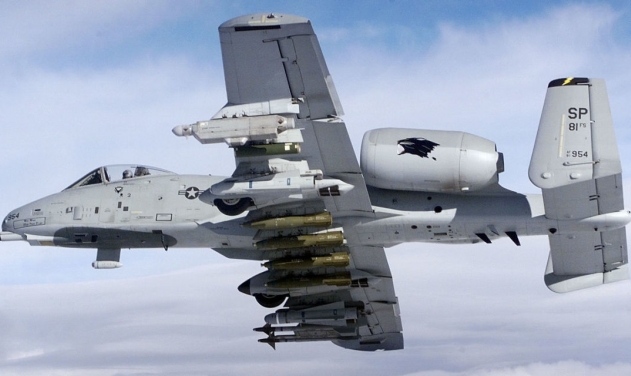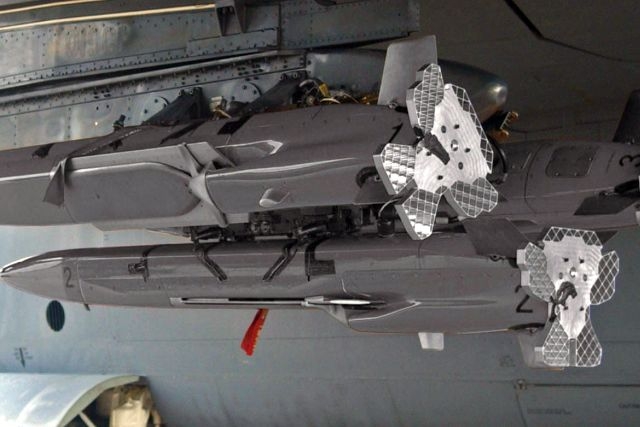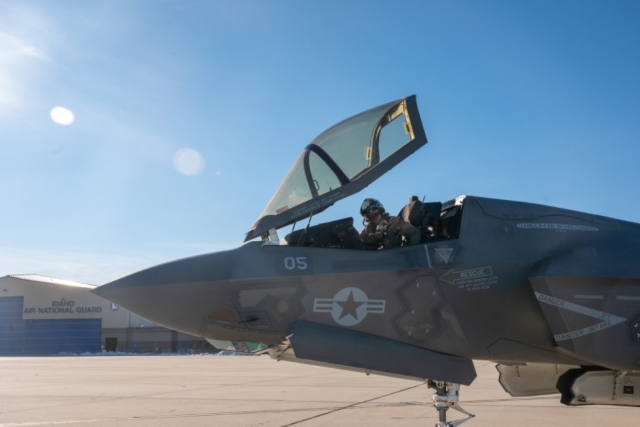A-10 Thunderbolt Aircraft to be Equipped with Miniature Air-Launched Decoy

The US Air National Guard (ANG) is exporing future capabilities of the A-10 Thunderbolt ground attack plane to be the next aircraft equipped with the Miniature Air Launched Decoy MALD, also known as the ADM-160.
The MALD is a small, unmanned air-launched flight vehicle designed to duplicate combat flight profiles on the enemy radar.
The dry fit testing validation for the A-10 allowed, the ANG's 127th Maintenance Squadron and Aircraft Maintenance Squadron, training on the unmanned flight vehicle. A dry fit test is a measuring process that assures the MALD is able to be placed on the A-10.
Said Major Kraig Lohse an A-10 pilot with the 107th Fighter Squadron. “We are innovating effective ways to support fifth-generation aircraft utilizing the A-10 in non-traditional mission sets.”
The MALD vehicle is currently operational on the F-16 Fighting Falcon and the B-52 Stratofortress; this endeavor is the first step for approval by the U.S. Air Force for the A-10 Thunderbolt II. It would be an unprecedented first for the A-10 community to utilize a munition system of this type, a Pentagon release said Friday.
“The A-10’s unique agile capability and store capacity suits it to support this mission,” said Lohse,. “This would be a force multiplier, making the Warthawg a significant contributor to the future fight.”
This validation process marks the beginning of the integration for the MALD on the A-10 Thunderbolt. If the U.S. Air Force approves the decoy, it would be an unprecedented first for an A-10 Thunderbolt II to carry and expend the ADM-160.

How it works
According to information from MALD manufacturer, Raytheon; Operators send a formation of the MALD decoys into hostile airspace. The flexible, modular systems fly a preprogrammed mission that protects allied aircraft while confusing enemy integrated air defense systems. Each craft weighs less than 300 pounds and has a range of around 500 nautical miles.











